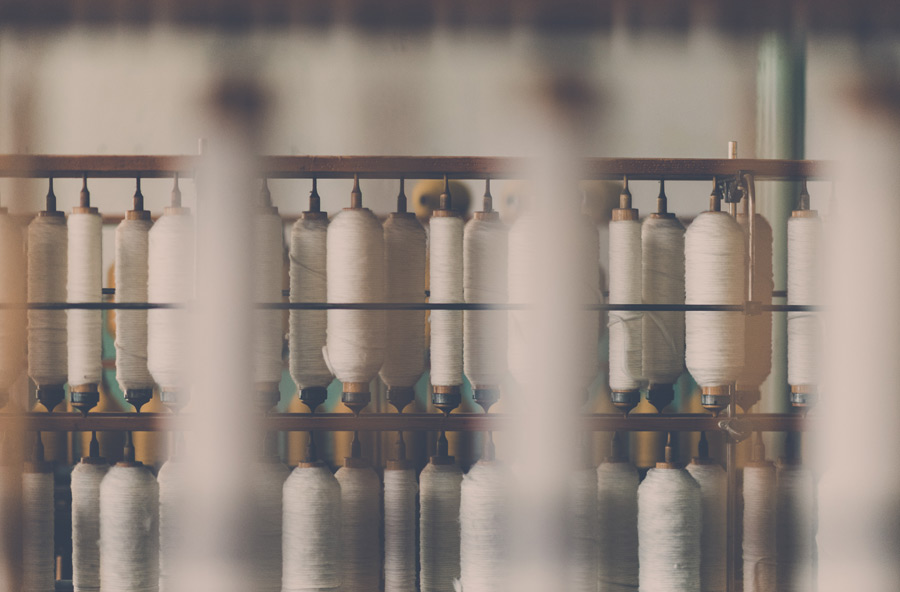G. Badri Narayanan
Natural dyes, a class of colorants extracted from vegetative matter and animal residues, are claimed to be eco-friendly, causing a lower level of emissions than the synthetic dyes in the textile industry. However, no comparative analysis of overall emissions scenarios with different degrees of adaptation to natural dyes has been done so far. To justify the claim, a multi-scenario-analysis with a well-defined structure and reasonable assumptions is required. This paper is an attempt in this direction.
In this paper, a scenario-analysis of adaptation of natural dyes has been done to analyse the emission reductions in terms of TDS under different rates of adaptation to natural dyes in cotton, wool, silk, polyester and nylon sectors till the year 2020. To rank the dyes for each sector, an AHP analysis has been carried out, using cost, emission levels and fastness of the dyes based on the weights assigned to each of these criteria through filled up questionnaires from experts.
The overall results confirm that natural dyes do cause significant reductions in TDS (20-50%) by the year 2020. A comparison of the TDS levels with the Indian standards reveals that cotton, wool and silk sectors can limit their emissions within the standards by adapting vto the natural dyes, while for synthetic dyes, despite a significant fall in emissions (around 50%), they would be still above the standards. This is because of the fact that natural dyes are not very much applicable to the synthetic fibres, given the current technology. This would imply that the better the compatibility between synthetic fibres and natural dyes, the higher are the chances of synthetic fibre-sector to conform to the standards. Based on AHP, natural dyes were found to be better than other dyes in many cases, though there were quite a few cases in which synthetic dyes were better.
The policy implications of this analysis are in terms of encouragement of research in the application of natural dyes, especially on synthetic fibres, implementation of better emission standards, planning for adaptation of natural dyes at an optimal pace and facilitation of further techno-economic studies in this area.

